for drives in mechanical engineering
Electrical drive technology such as frequency converters, DC converters, inverters, servo controllers for more efficiency in Industry 4.0
Image: Mitsubishi Electric


for drives in mechanical engineering
Electrical drive technology such as frequency converters, DC converters, inverters, servo controllers for more efficiency in Industry 4.0
Image: Mitsubishi Electric
for drives in mechanical engineering
Electrical drive technology such as frequency converters, DC converters, inverters, servo controllers for more efficiency in Industry 4.0
Image: Mitsubishi Electric
Inverter are electronic devices that change the properties of electrical energy. This is how frequency converters, DC converters, inverters, switch cabinetconverter etc. in particular voltage, type of current and frequency of the current to the control of e.g. B. Electricmotors at. Here you will find a comprehensive overview of the Manufacturers, new application possibilities as well as detailed product presentations.
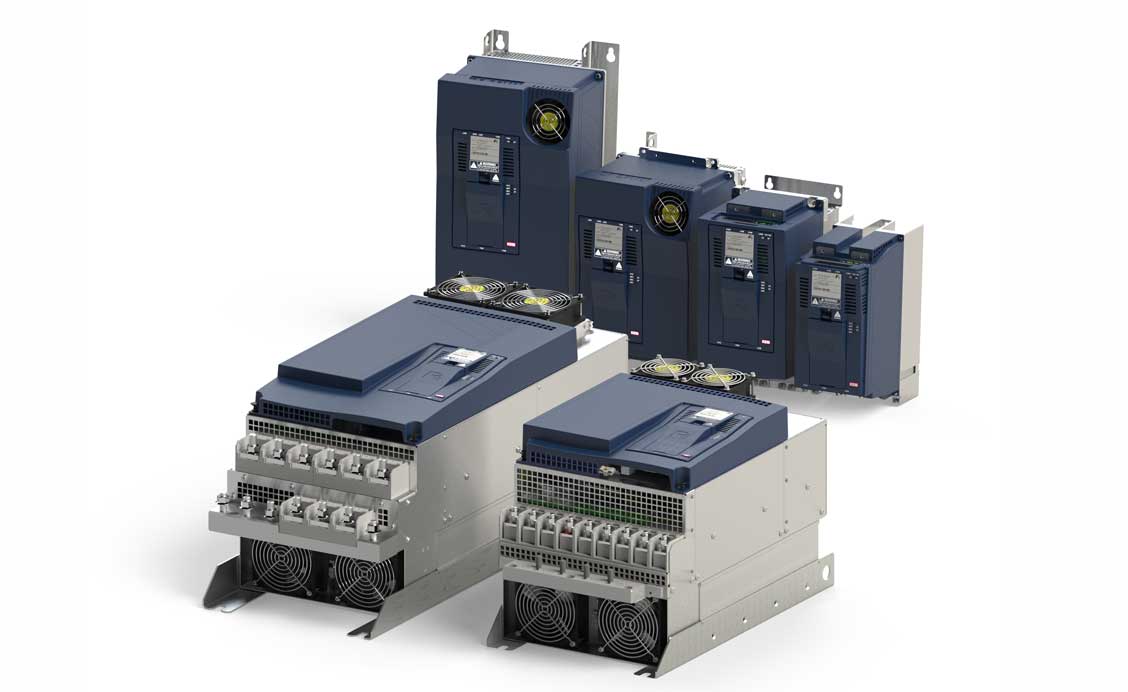
In drive technology, converters such as frequency converters, DC converters, inverters, servo controllers, etc. are used in particular as flexible ones Regulation of the speed of electric drives. This can be used, for example, to vary the volume flow of a pump or to achieve a smooth start-up of a motor. Inverter for electric motors are used particularly in the high performance range.
The latest developments in converter technology offer designers exciting opportunities for optimizing drive systems. Modern inverters integrate sophisticated control methods such as vector control and direct torque control (DTC), which provide unmatched precision in the Motor control enable.
The integration of real-timeEthernet communication supports implementation in networked production environments, facilitates remote monitoring and maintenance, and precise adjustment to variable load requirements.
It also enables the use of extended Energy recoverysystems ensure efficient use of the braking energy, which not only increases energy efficiency but also reduces operating costs.
The application of Artificial intelligence and machine learning for predictive maintenance and adaptive control strategies opens up new ways to minimize downtime and extend the life of drive systems.
Below we present the latest developments in converters and other power electronics:
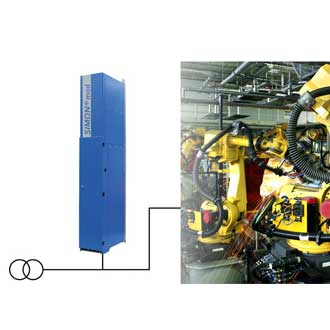
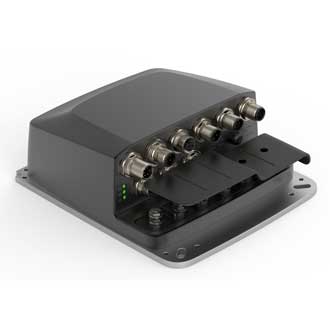
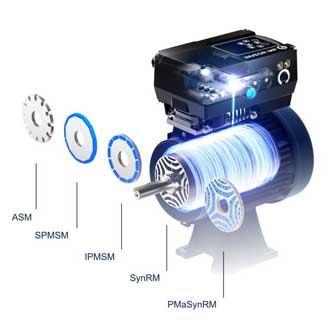
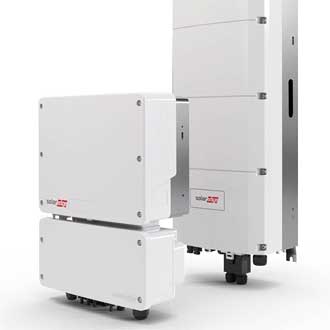
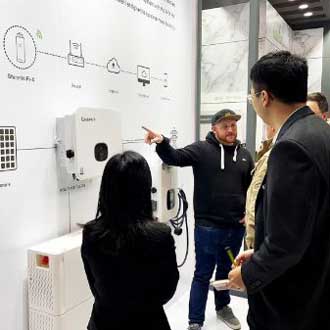
There are several types of inverters that differ in their functionality and areas of application:
We have taken a special look at the following inverters for you:
Frequency inverters have been regulating this for over 50 years number of revolutions and thus the Speed of electrical machines. Engines are infinitely adjustable, which is the case in many industries these days Automotive industry, air conditioning, food technology, handling technology, processing machines and much more. is essential. Here we present new developments and application examples of the converters.
Rectifiers, the electronic components for direct current converters, are essential in electrical engineering because they Alternating current to direct current convert. This article highlights current new developments on the market, shows application cases and takes a look back at the evolution of this technology. The focus is on the advanced technologies and materials that significantly improve the efficiency and performance of modern rectifiers.
Today's servo controllers, servo amplifiers and servo converters open up the world with their precision and efficiency Motion control new horizons for applications in the Automation, robotics and many other industries. Find out more about the power electronic actuators, their applications, the development status and the new developments available on the market.
A PV inverter is crucial for the performance of your photovoltaic system: it converts Direct current to alternating current so that you can use the energy. But which inverter suits your system best? In this article you will learn how inverters work, what they have to do and how to choose the optimal model for your specific needs. We will also introduce you to new developments.
Inverters are used in a variety of industries and consumer applications to improve efficiency and control electric motors to improve. Their versatility allows them to be used in many areas such as industrial automation Renewable energies, in Technical Building Services, electromobility and in household appliances. Below are some such applications.

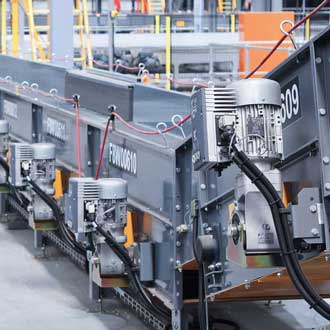
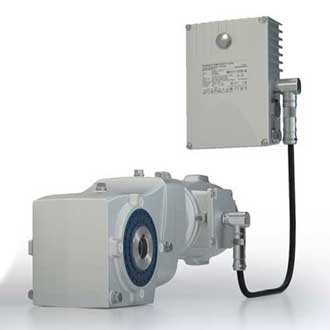

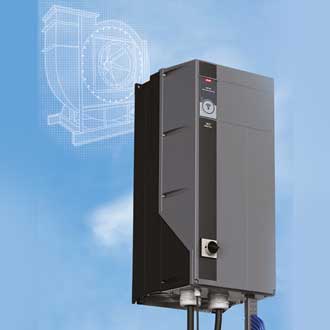
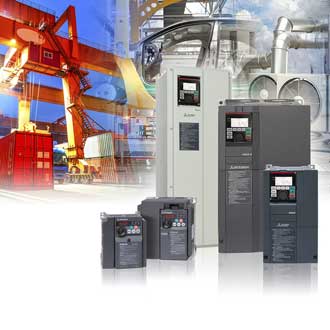
From barrel drives to a baggage conveyor system to stage technology: three users of frequency converters let us take a look behind the scenes:
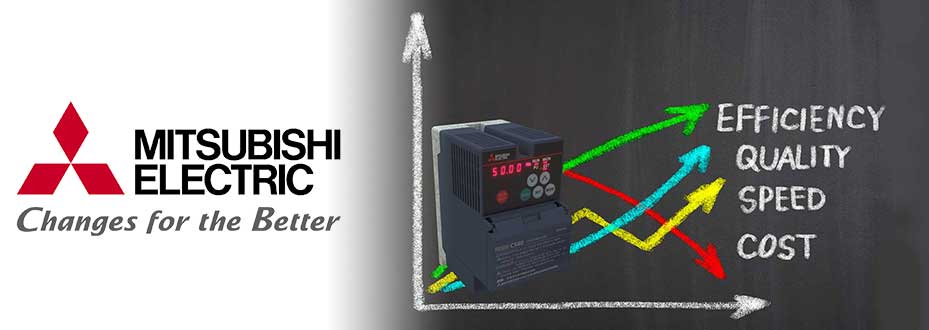
Mitsubishi Electric has a large selection of frequency converters, servo amplifiers and inverters in its portfolio, tailored to the needs of various industrial applications. When it comes to frequency converters, devices range from compact models for simple drive tasks to advanced systems for complex applications with precise speed and torque control. The porridgeThis range of servo systems is used in Robotic, CNC machines and other high-precision motion control applications. Become complex movement sequences and coordinated steering If multiple axes are required, the automation provider offers powerful motion controllers.
Mitsubishi Electric frequency inverters cover commercial applications as well as applications in harsh conditions. The manufacturer pays particular attention to efficiency. With his Line up series e.g. For example, the high-quality converters only do exactly what they are supposed to do with less functionality. Or the FR-E800 series offers a unique selling point with its standard function for corrosion detection.
The Servo Open Network Functionality in the “Melservo MR-J4” amplifier series makes it possible to serve the changing international performance requirements of modern high-end machines in the field of motion/control with just one solution. Thanks to the multi-network interface, the compact drive solution from Mitsubishi Electric has interfaces to all globally relevant motion systems, making it easier for machine builders to enter the global market.
There are a number of manufacturers that offer inverters, controllers and other power electronics. Each brings unique strengths and specializations to the converter market: from high energy efficiency and robustness to advanced digital integration and adaptability to specific industry needs. Here are the most important providers:
An inverter is an electronic device that changes the properties of electrical energy, particularly around the Voltage, type of current and frequency of the current. It is primarily used to control the speed of electric motors by changing the frequency (and often the alternating voltage) of the alternating current (AC) supplied to the motor.
The core function of a frequency converter can be broken down into three basic steps:
Through these operations, the inverter enables flexible control over the speed and torque of electric motors, which is crucial in numerous applications from industrial automation to household appliances.
An inverter, also called Inverters for Home is a device that converts direct current (DC) into alternating current (AC).